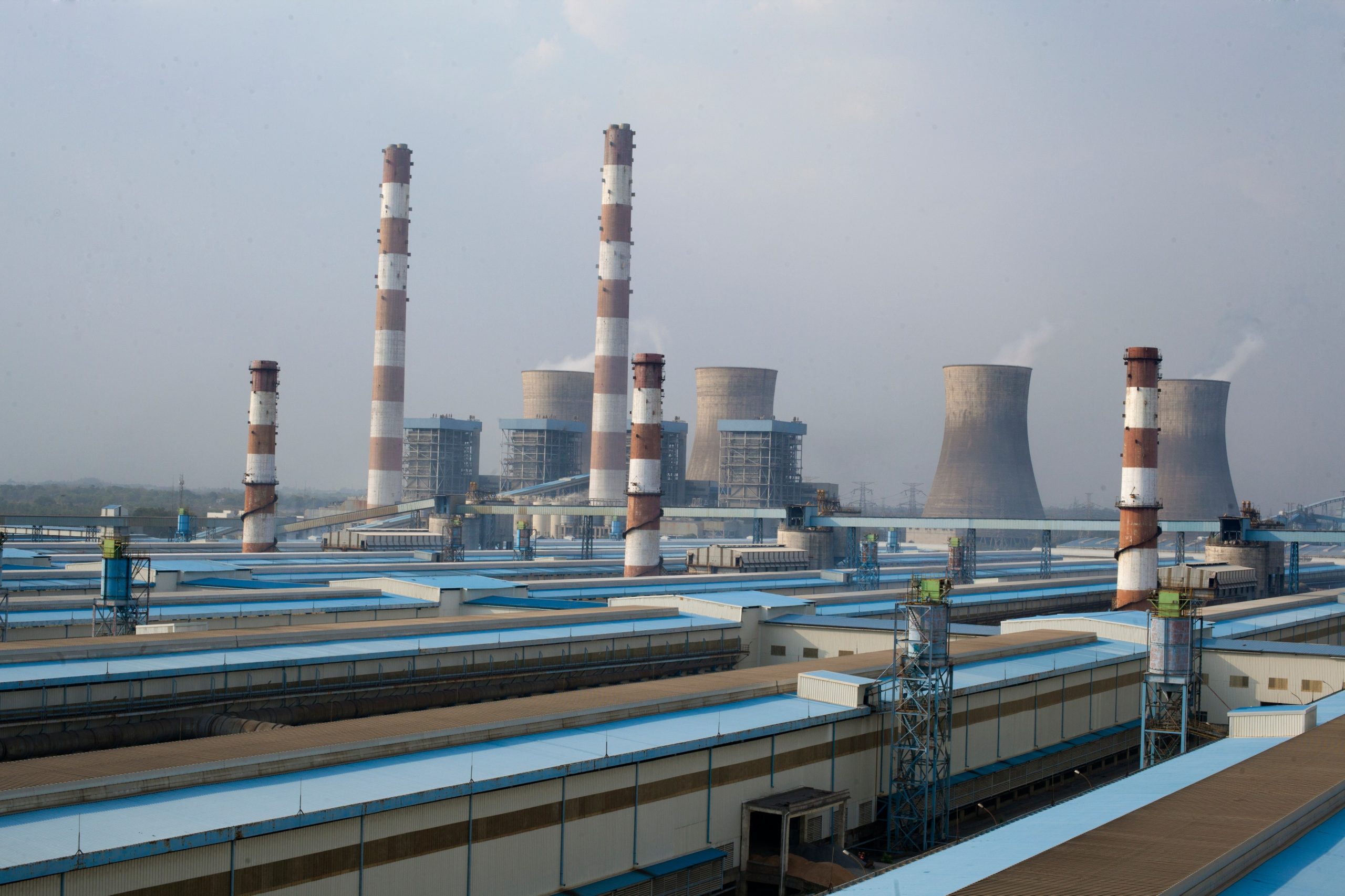New Delhi: India has successfully kept its carbon emissions growth rate lower than its GDP growth rate, effectively separating economic growth from greenhouse gas emissions, according to the Economic Survey 2023-24 released on Monday.
“A multitude of cross-sectoral measures and various schemes aimed at altering consumer and producer behaviour to promote energy conservation has led to a 4.56 per cent increase in India’s total national emissions, including Land-Use Change and Forestry (LULUCF), since 2016,” the survey stated.
This is favourable compared to the country’s overall growth. Notably, from 2005 to 2019, India’s GDP grew at a compound annual growth rate (CAGR) of approximately seven per cent, while emissions grew at a CAGR of about four per cent.
The survey acknowledged a recent report by the International Finance Corporation that recognizes India’s efforts towards committed climate actions, highlighting that India is the only G20 country on track with the two-degree Celsius warming limit. Last year, the government announced that India had reduced its emission intensity concerning its GDP by 33 per cent from 2005 to 2019, achieving the initial nationally determined contribution (NDC) target for 2030, eleven years ahead of schedule.
“These achievements have been primarily through domestic resources, which have been the mainstay of India’s climate action. Considering the financing needs, estimated at $2.5 trillion (at 2014-15 prices) to meet the NDC targets by 2030, affordable access to finance and technology is essential,” it mentioned.
This includes contributions from developed nations as required by global climate change agreements like the UNFCCC and the 2015 Paris Agreement. Meanwhile, India is progressing towards creating an additional carbon sink of 2.5 to 3.0 billion tonnes through tree plantation and other initiatives.




